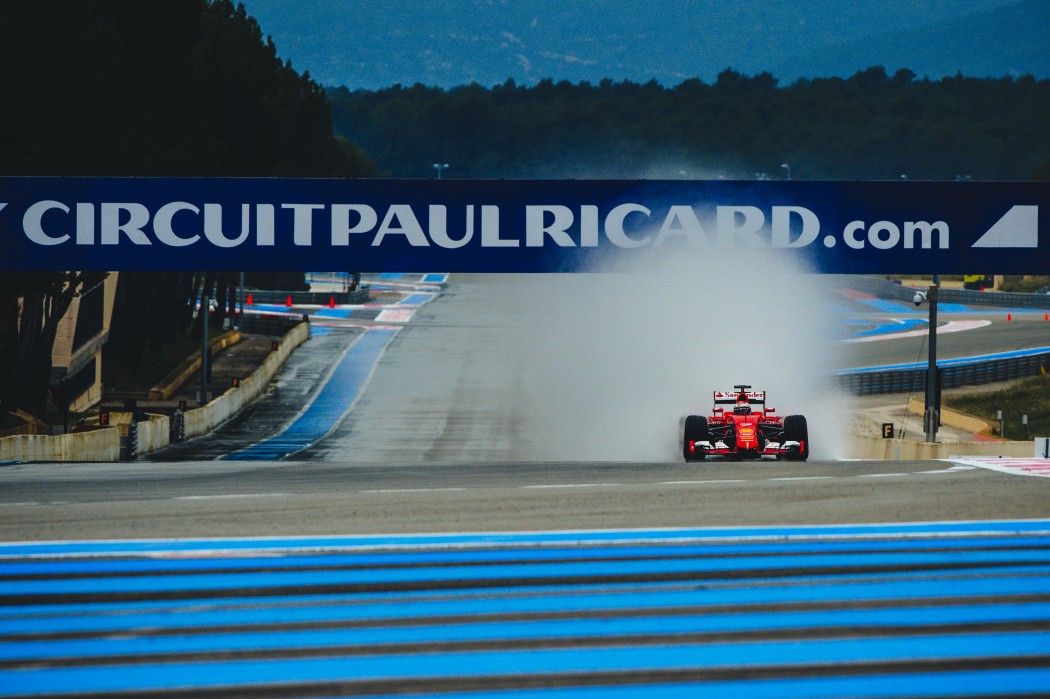Click here to subscribe to our print edition!
Buddh International Circuit (India): 2011-2013
Buddh International Circuit received a positive reception from the drivers when it first featured on the calendar in 2011. Bureaucratic hurdles, coupled with the declining financial health of organisers Jaypee Group, meant that the race had to be dropped from the map after just three years.
Donington Park (European GP): 1993
Donington Park has hosted only a single GP, and it was a classic that will continue to be remembered in years to come. Under torrential conditions, Ayrton Senna passed four drivers in what is widely regarded as the greatest opening lap of all time. Unfortunately, the Leicestershire-based circuit never returned on the calendar, with plans to replace Silverstone from 2010 coming to a nought.
Korea International Circuit (South Korea): 2010-2013
The Korean International Circuit was neither well received by the fans nor the drivers and became the perfect example of a ‘Tilkedrome’. With the track located in a remote area, the grandstands remained largely empty, drawing further criticism. With organisers unable to meet the license fees, or build recreational facilities around the track to recover costs, the race was quietly dropped from the calendar after the 2013 season.
The circuit builders came up with a track that was perhaps too bland in the name of safety, making it unpopular with fans and the drivers alike.
Tanaka Aida International Circuit (Japan): 1994-1995
Tanaka Aida International Circuit (now Okayama Circuit) hosted two Formula 1 races in the mid-1990s under the banner Pacific Grand Prix. Due to its remote location, the Pacific Grand Prix exited the Formula 1 circus after 1995.
Caesars Palace (US): 1981-1982
To replace Watkins Glen, a temporary circuit was built in the parking lot of the Caesars Palace Hotel in Las Vegas. The anti-clockwise nature of the track posed tremendous strain on the drivers’ necks, with Nelson Piquet barely keeping up with the physical exhaustion in 1981. Financially, the circuit was a disaster for the hotel.
Sebring (USA): 1959
The Sebring International Raceway is largely known for its annual 12-hour race. But it did host a GP back in 1959, and one that will be fondly remembered for two reasons. It was at this venue Bruce McLaren recorded first of his four wins, piloting a Cooper to victory. Nearly four minutes behind, Jack Brabham pushed his car across the finish line to become the first driver to win a championship in a rear-engined car. However, the race simply couldn’t attract the same crowd as that year’s Sebring 12 Hours. And unfortunately, that was enough for organiser Alec Ulmann to show his back to Formula 1.
Phoenix (US): 1989-91
The Phoenix GP made its debut in 1989 as a replacement for the Detroit GP. Phoenix’s five-year contract was terminated after the 1991 race, with Ecclestone having to pay a fine in excess of $1 million.
Montjuic (Spain): 1969, 1971, 1973, 1975
The Montjuic circuit in Barcelona hosted four Spanish GPs in late 1960s and early 1970s, alternating with the Jarama circuit. Although the circuit was hailed for its fast, wide and sweeping nature, it met a tragic end in 1975. Five spectators were killed in a crash involving Rolf Stolemann, with the race stopped immediately and results declared.
Nivelles-Baulers (Belgium): 1972-1974
The now-demolished Nivelles-Baulers circuit was built as one of the two replacements for Spa-Francorchamps, which had been deemed too unsafe for motor racing. The circuit builders came up with a track that was perhaps too bland in the name of safety, making it unpopular with fans and the drivers alike.
Pescara (Italy): 1957
At 25.8 km the Pescara Circuit in Italy holds the record for the longest track to stage a Formula 1 race. The circuit drew in excess of 200,000 spectators, but was deemed too unsafe by Enzo Ferrari, who refused to let his drivers race at the now-forgotten venue.






Related Articles